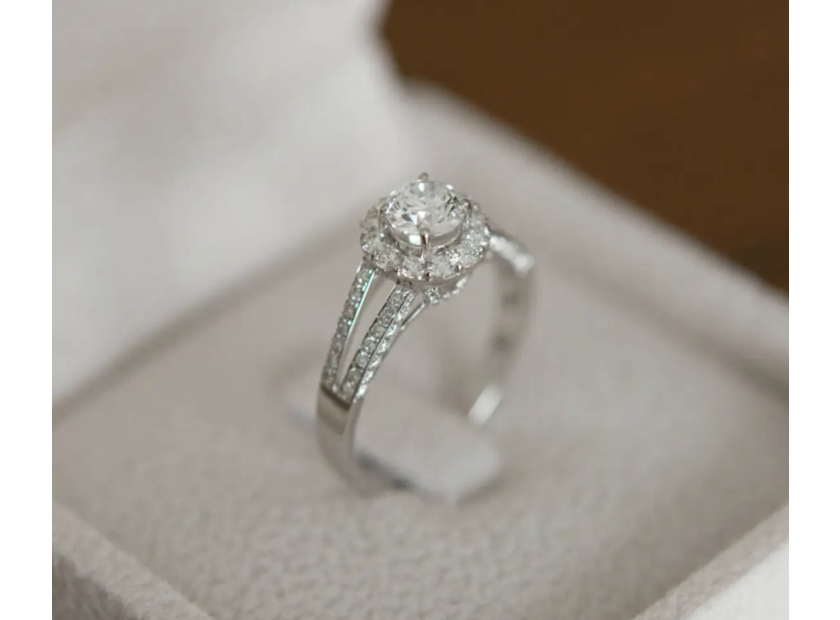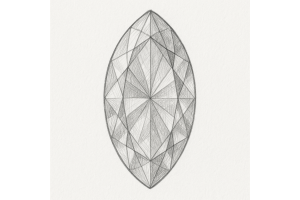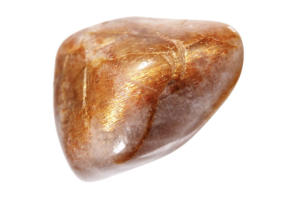GBP
/
GBP
/
Shipping to:
Currency:
White Gold vs Platinum: What’s the Difference & Which Should You Choose?
When selecting jewellery, particularly pieces like engagement rings or wedding bands, the choice of metal plays a crucial role in both aesthetics and longevity.
White gold and platinum are two popular options, each with distinct characteristics.
Understanding their differences can help you make an informed decision that aligns with your style, lifestyle, and budget.
Understanding White Gold
White gold is an alloy created by combining pure gold with white metals such as palladium or silver.
This blend results in a metal with a subtle warm hue, which is then coated with rhodium to achieve a bright, silvery-white finish.
The rhodium plating enhances the metal's shine and provides a layer of protection.
Understanding Platinum
Platinum is a naturally white metal, renowned for its rarity and durability.
Jewellery crafted from platinum typically contains 95–98% pure platinum, giving it a dense and substantial feel.
Unlike white gold, platinum's natural colour doesn't require additional plating to maintain its appearance.
Appearance Over Time
Initially, white gold and platinum jewellery may look similar due to the rhodium plating on white gold.
However, over time, the rhodium layer on white gold can wear off, revealing the underlying alloy and necessitating re-plating to maintain its bright appearance.
Platinum, on the other hand, develops a patina—a soft, matte finish that many appreciate for its antique look.
This patina can be polished to restore the original shine if desired.
Durability and Maintenance
White gold is durable and resistant to scratches, but it requires periodic maintenance to reapply the rhodium plating.
Platinum is denser and more durable, with scratches leading to displacement of the metal rather than loss.
This means platinum jewellery retains its weight and volume over time, though it may require occasional polishing to maintain its finish.
Weight and Comfort
Platinum's higher density makes it heavier than white gold, which some wearers interpret as a sign of quality and luxury.
However, this added weight might be less comfortable for some, making white gold's lighter feel a preferable option for those seeking comfort without compromising on style.
Cost Considerations
Historically, platinum has been more expensive than white gold due to its rarity and density.
However, fluctuations in the prices of gold and palladium have narrowed this gap.
While white gold may have a lower initial cost, the expense of periodic rhodium re-plating can add up over time.
Platinum's higher upfront cost may be offset by its minimal maintenance requirements.
Allergies and Skin Sensitivity
White gold alloys often contain nickel, which can cause allergic reactions in some individuals.
Over time, as the rhodium plating wears off, exposure to nickel may increase the likelihood of skin irritation.
Platinum is hypoallergenic, making it an excellent choice for those with sensitive skin.
Environmental and Ethical Considerations
Both metals have environmental impacts associated with their mining processes.
Opting for recycled metals or ensuring responsible sourcing can mitigate these concerns.
Discussing sourcing practices with your jeweller can help you make an ethical choice that aligns with your values.
Making Your Choice
Your decision between white gold and platinum should consider factors such as lifestyle, budget, maintenance preferences, and any skin sensitivities.
White gold offers a classic look with a lower initial cost but requires ongoing maintenance.
Platinum provides durability, hypoallergenic properties, and minimal upkeep, albeit at a higher initial price point.
Evaluating these aspects will guide you to the metal that best suits your needs and preferences.
Frequently Asked Questions
Is platinum better than white gold?
Platinum is more durable and hypoallergenic compared to white gold, but it comes at a higher initial cost.
The choice depends on personal preferences, budget, and maintenance considerations.
Does white gold tarnish over time?
White gold doesn't tarnish, but its rhodium plating can wear off, revealing a slightly yellowish hue underneath.
Regular re-plating can restore its bright white appearance.
Can platinum rings be resized?
Yes, platinum rings can be resized, but the process requires a skilled jeweller experienced with this dense metal.
Which metal is more valuable?
Platinum is generally more valuable due to its rarity and density.
However, market fluctuations can affect the prices of both metals.








